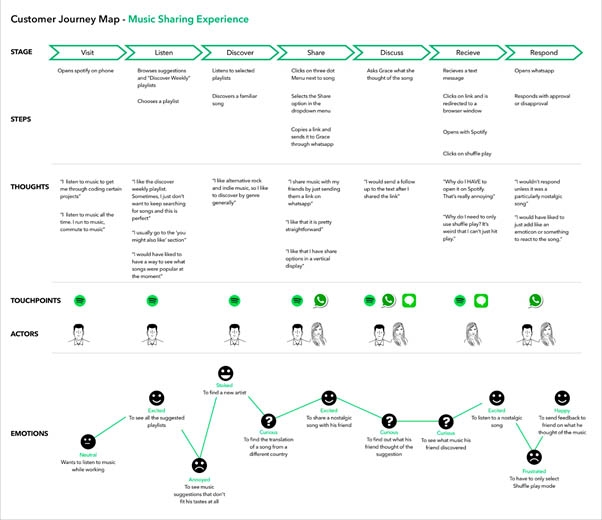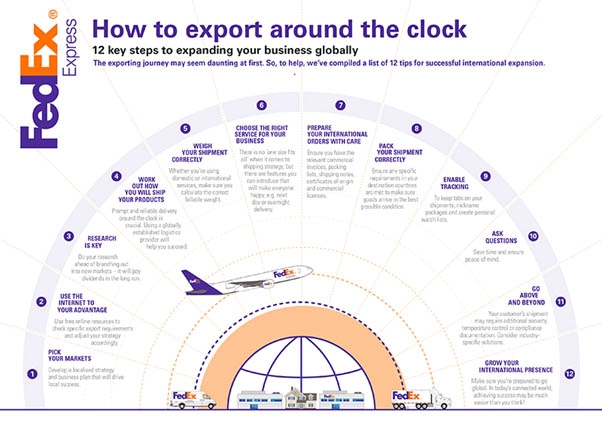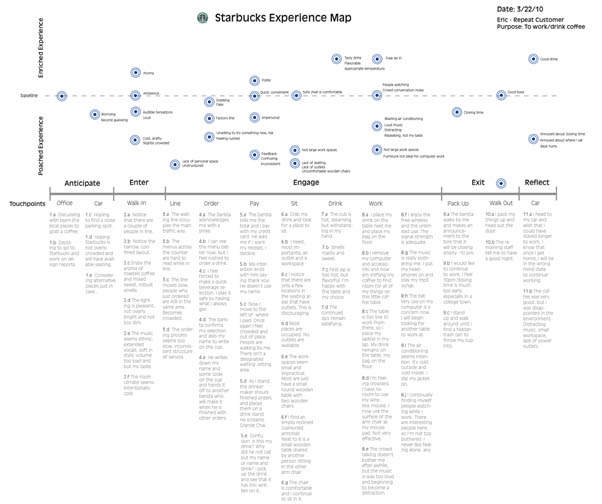
3 best customer journey map examples
Customer journey maps are powerful tools that help businesses visualize the customer experience and track their behavior throughout the buying process. They can illustrate different touchpoints a person has with the brand, from their initial awareness of the product to post-purchase engagement. When done well, such a map can provide valuable insights for businesses about where they need to focus their efforts to improve the consumer experience. In this article, we’ll take a look at some examples that will inspire you to create your own customer journey map template.
What components to include
To design client-centric experiences, it’s crucial to have a deep understanding of how people interact with your company. This begins with mapping out the customer journey, which can be done by plotting out different touchpoints and identifying key moments of their interaction with a brand.
So what to include in your map?
1. Purchasing process
The purchasing process is a key component of the customer journey map. It can be divided into five steps: need recognition, information search, evaluation of alternatives, purchase decision, and post-purchase behavior. Marketers should focus on each step in the process to create a positive experience for a client.
2. Buyer actions
During every step of the buying process, customers perform certain actions. They might discuss their needs with colleagues and friends or look for other clients’ feedback on third-party websites. They might sign up for your trial or go to your online store and finally purchase your product. This element of the map should illustrate both positive and negative actions a client performs during their journey.
3. Client emotions
Why do people come to a store? They want to solve a problem. This problem is connected with a certain emotion – happiness or, otherwise, sadness. Clients’ emotions may change during a journey, and it’s important for you, as a company, to take control over them. Add possible emotions to the map and try to mitigate negative emotions about the journey to not let them associate with your brand.
4. Pain points
A pain point is something that creates a problem or inconvenience for a client. It's something they don't like about their experience or that gets in their way. Understanding your customer's pain points is essential to designing a great map.
5. Possible solutions
Your company’s solutions should be front-and-center in your customer journey maps, as they are critical to comprehending how consumers interact with your business. When you know what solution you offer, you can better identify how to reach and engage potential buyers.
5 inspiring customer journey map examples
1. Spotify: a world-famous audio streaming service
Once, Spotify decided to add a new feature to allow users to share their playlists within the app and with the help of third-party services. For that, they hired a marketing specialist, who created the following map:

Source: Meghana Bowen
Here we see a detailed customer journey map describing a typical user's actions from the moment he or she opens the app to their final reaction to the song. The map includes all the necessary components that help fully understand the user’s thoughts, emotions, and intentions throughout the whole process of interaction with the app:
- Stages
- Steps
- Thoughts
- Touchpoints
- Actors
- Emotions
As a result, Spotify got a high-value insight into users’ pain points to address them and make their experience smoother. This has motivated more people to share their likes and dislikes, thereby attracting new Spotify users.
2. FedEx: an international transportation company

Source: FedEx Business Insights
At first, this picture may seem gigantic and unreadable. But once you get a better look at it, you will find that it’s a great example of a B2B customer journey map. Here, FedEx addresses a potential client, who wants to expand its reach and grow its international presence. Despite containing only 2 components – the stage and steps – this is enough to convey to the buyer how the company can help them on their journey. By describing each step a client should take in detail, FedEx highlights its own importance for goal attainment.
3. Starbucks: a chain of coffeehouses and roastery

Source: The Operations Blog
Another inspirational example of a customer journey map was created for Starbucks by Erik Berkman. It’s a map that illustrates the way of an ordinary person who’s looking for a place to drink a cup of coffee and work. For that, he or she chooses Starbucks. The map has the following points included:
- Stages
- Actions
- Emotions
What’s interesting, this map wasn’t created for e-commerce but it serves as a great example of how to identify and visualize what's on the mind of a typical Starbucks customer, what are their pain points, needs, and what it takes to get them to come back for another cup of coffee.
How to create your own customer journey map
Now, when you know how important such a map is for identifying and better understanding client needs, you should start working on your own example. Here is a short guide to help you.
1. Get feedback
Start by gathering client feedback and data from your company departments: marketing, sales, customer service, and product development. And don’t forget about conducting marketing research. This helps to build a complete picture of your audience since it includes not only theory but also the real experience of your clientele.
2. Create a customer persona
After finishing the interviewing and research, continue with building a buyer persona. It’s a comprehensive portrait of your customer: gender, age, geography, job, interests, and more. By creating it, you’ll get a better understanding of your client's motivations, including the price, guidance, information, and recognition from peers.
3. Keep refining your map
As your business changes, so too should your customer journey map. Constantly refining it will help ensure that it accurately represents how your customers currently interact with you and that it captures any potential changes to their behavior (or even to your business).
Final words
Customer journey maps are an essential part of any company's marketing strategy. By understanding the buyer’s experience, you can create a journey tailored to their needs and desires. In this blog post, we've featured some of the best customer journey maps out there. We hope you'll find these examples helpful in developing your own customer journeys. Keep in mind that the mapping process is never finished – they should be constantly updated as your company and clients' needs change.
Are you ready to create your first customer journey map?
PHOTO: PEXEL








